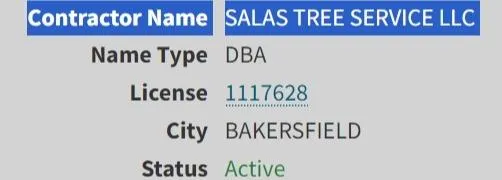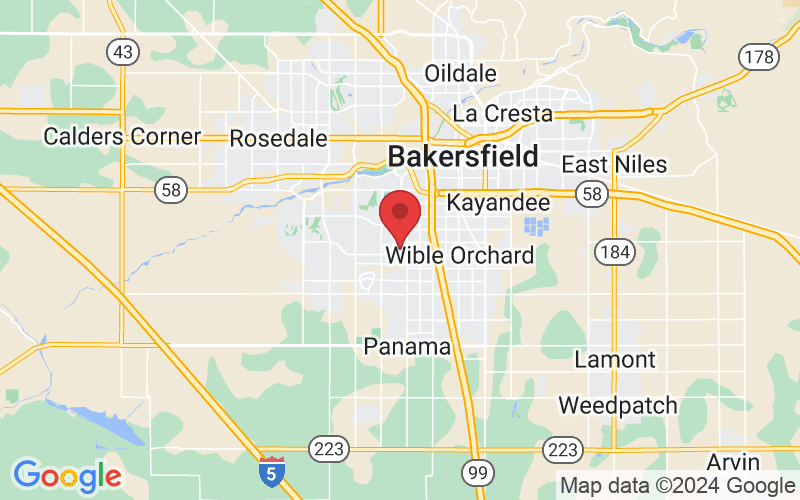Why You Can Rely on Us
30 Years of Experience and Expertise
Based in Bakersfield, Salas Tree Services has been a reliable tree service provider all across Kern County. With more than 30 years of experience, we know what it takes to go above and beyond for our clients. It’s important to us that we ensure your home is safe, your trees look great, and that you’re happy with our services!
We value your business and work hard to earn your approval by providing tree care that we can be proud of. Before beginning any tree care service, we always conduct a comprehensive consultation to learn more about your expectations and the specifics of the job. Salas Tree Services’ commitment to open lines of communication is a hallmark of our professionalism and ensures that your tree care is carried out precisely as you specify.
We offer friendly, open, and thorough assessments and make sure to stay in communication about all aspects of your tree care service. Our customer service philosophy relies heavily on making sure that we fulfill your needs to the best of our ability, on time and with 100% satisfaction.
It’s important that we are reliable and accessible, which is why we offer 24/7 emergency tree service as well as free estimates. We place a premium on the happiness of our customers!
GET FREE ESTIMATE
Services Overview
Service Categories
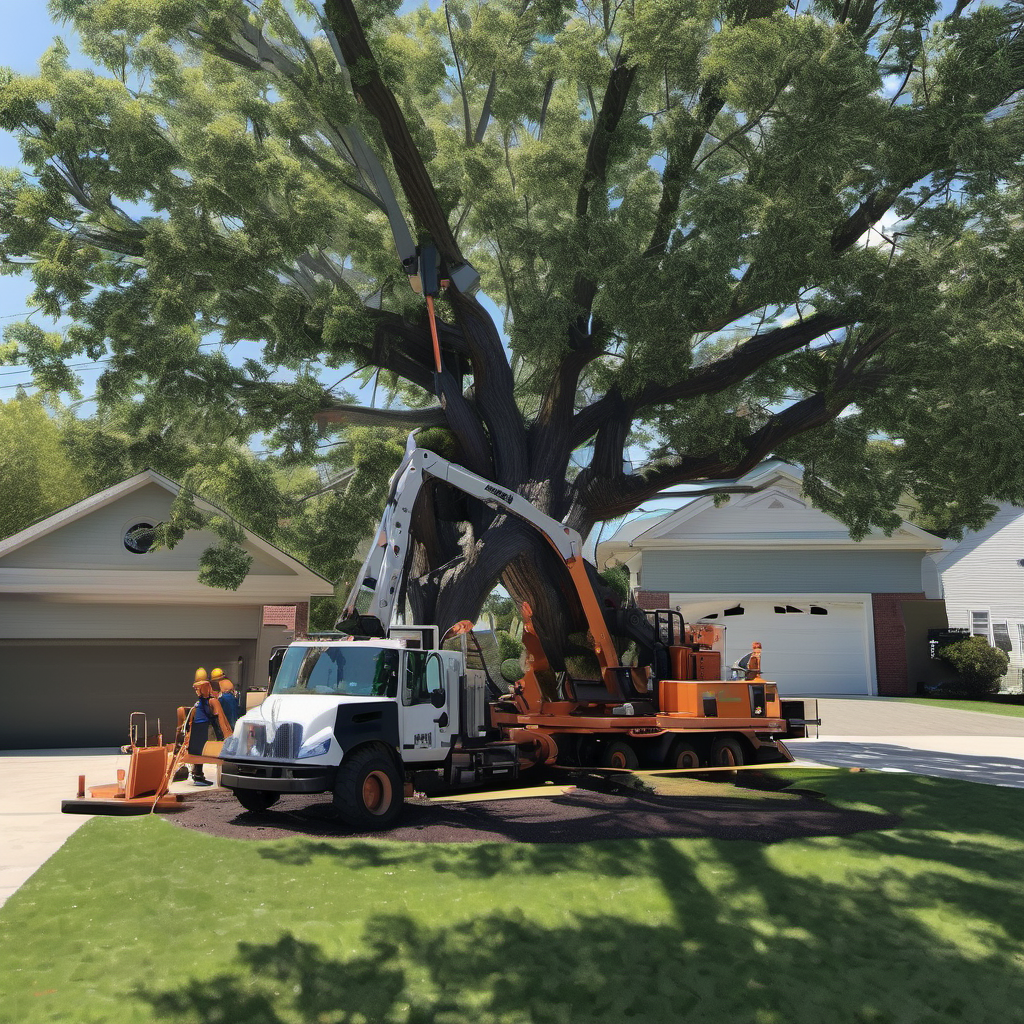
Tree Removal
Rely on Salas Tree Services for expert tree removal. Our skilled arborists safely remove hazardous or unwanted trees, ensuring a clean, impact-minimal service. Whether it's disease management or making space for landscaping, we've got you covered. Trust us for efficient, hassle-free removal.
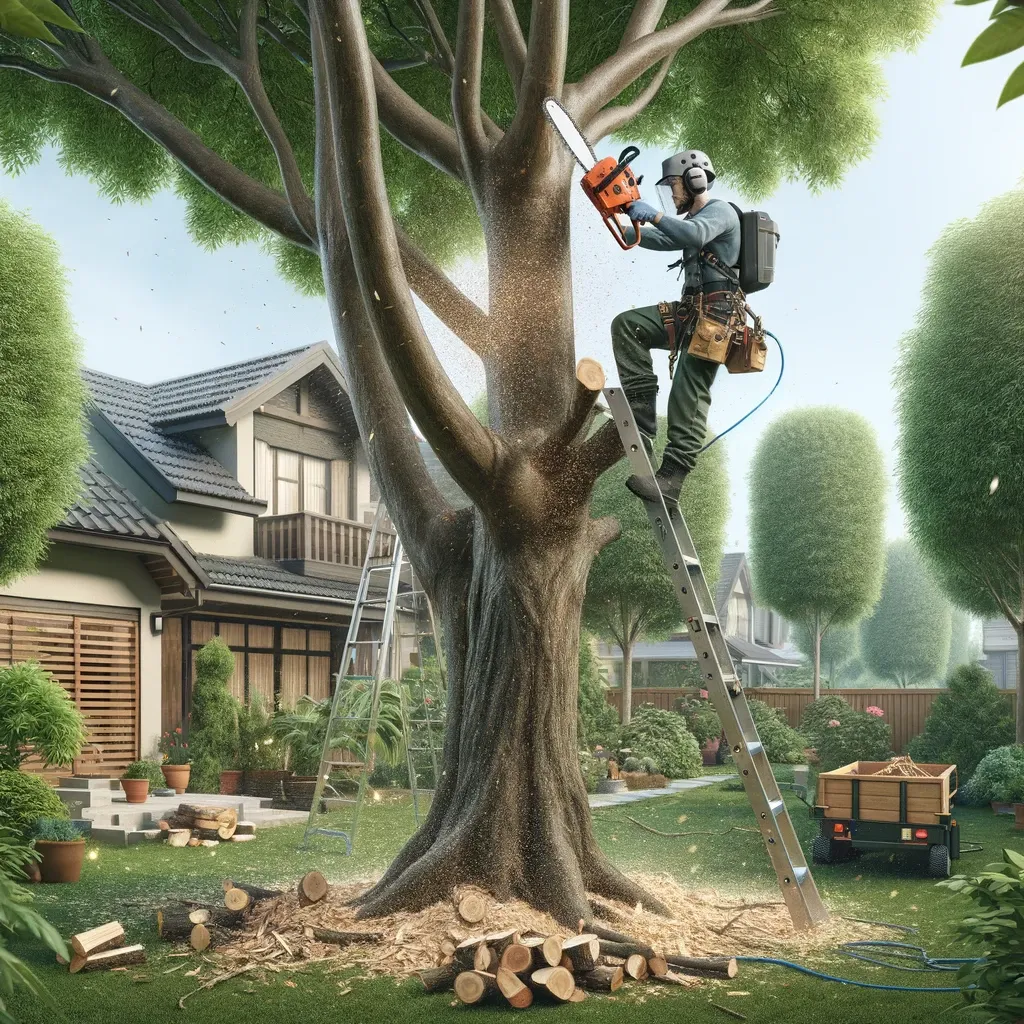
Tree Trimming
Choose Salas Tree Services for professional tree trimming. Our expert arborists enhance your property's safety and aesthetics with precise trimming. We keep trees healthy and beautifully shaped, minimizing risks while preserving your landscape's integrity. Trust us for meticulous, reliable trimming services.
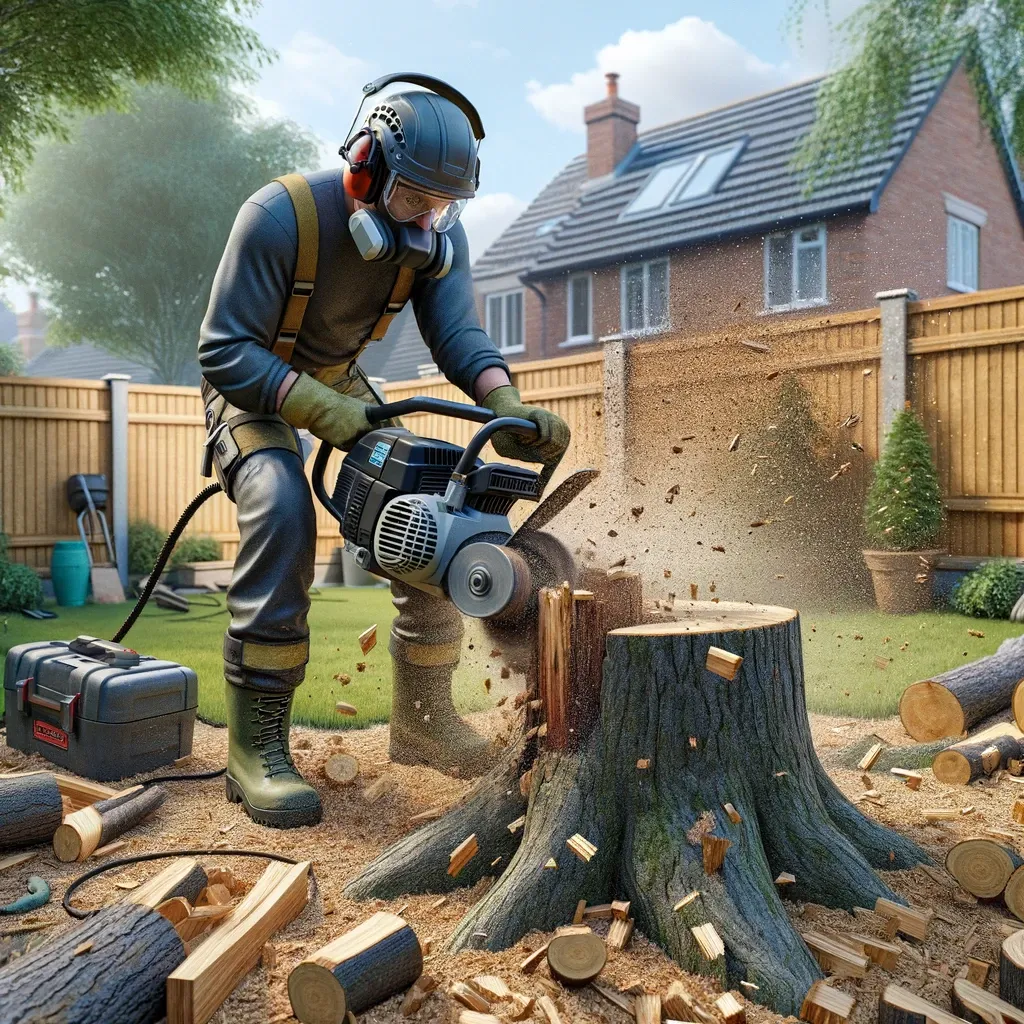
Stump Grinding
Opt for Salas Tree Services for efficient stump grinding. Our team swiftly removes unsightly stumps, improving your property's appearance and safety. With advanced techniques, we ensure a thorough clearance without damaging your landscape. Trust us for a clean, seamless stump removal experience.
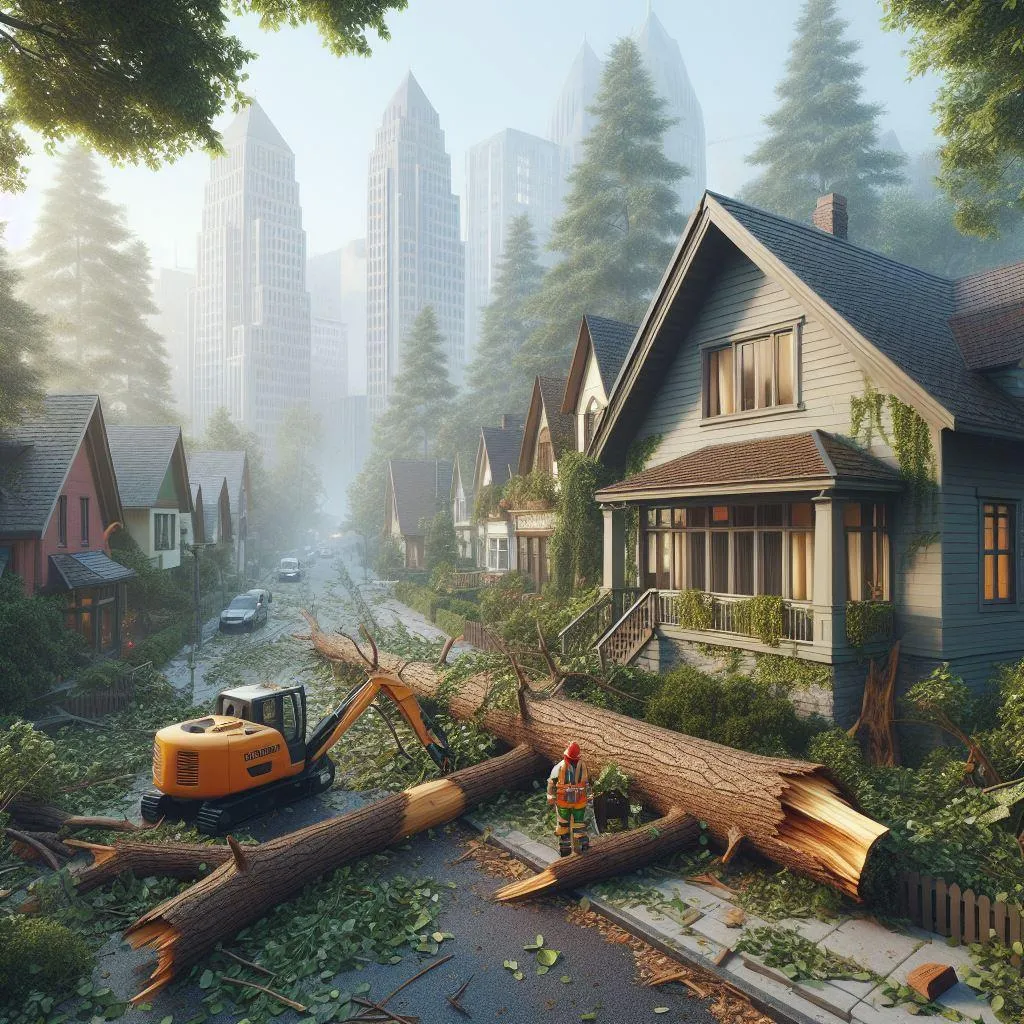
Emergency Tree Services
Turn to Salas Tree Services for prompt emergency tree services. Our rapid response team is ready to handle urgent tree issues, ensuring your safety and property protection. Whether it's storm damage or sudden tree failure, we provide fast, reliable solutions. Trust us for 24/7 emergency assistance.

Commercial Tree Services
Choose Salas Tree Services for comprehensive commercial tree services. Our professionals maintain the health and safety of your business's landscape with expert tree care, from routine maintenance to large-scale removals. We ensure a professional appearance and minimized risk. Trust us for dependable, efficient tree solutions for your business.
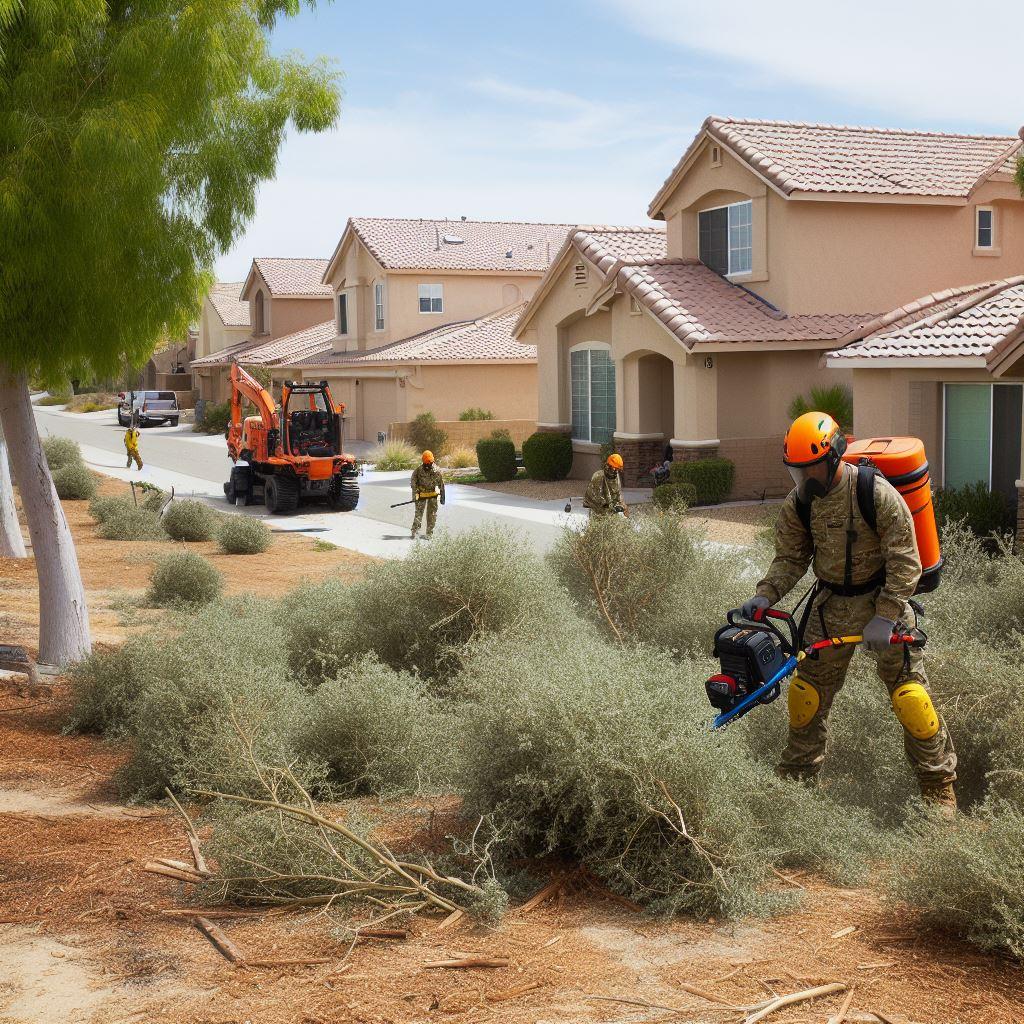
Residential Tree Services
Select Salas Tree Services for top-tier residential tree services. Our skilled team enhances your home's curb appeal and safety with specialized tree care, including pruning, removal, and health assessments. We prioritize your property's aesthetics and safety, delivering personalized, efficient service. Trust us for all your home tree care needs.
Are You Needing Other Services?
Why Choose Us
Customer Testimonials
Gallery






